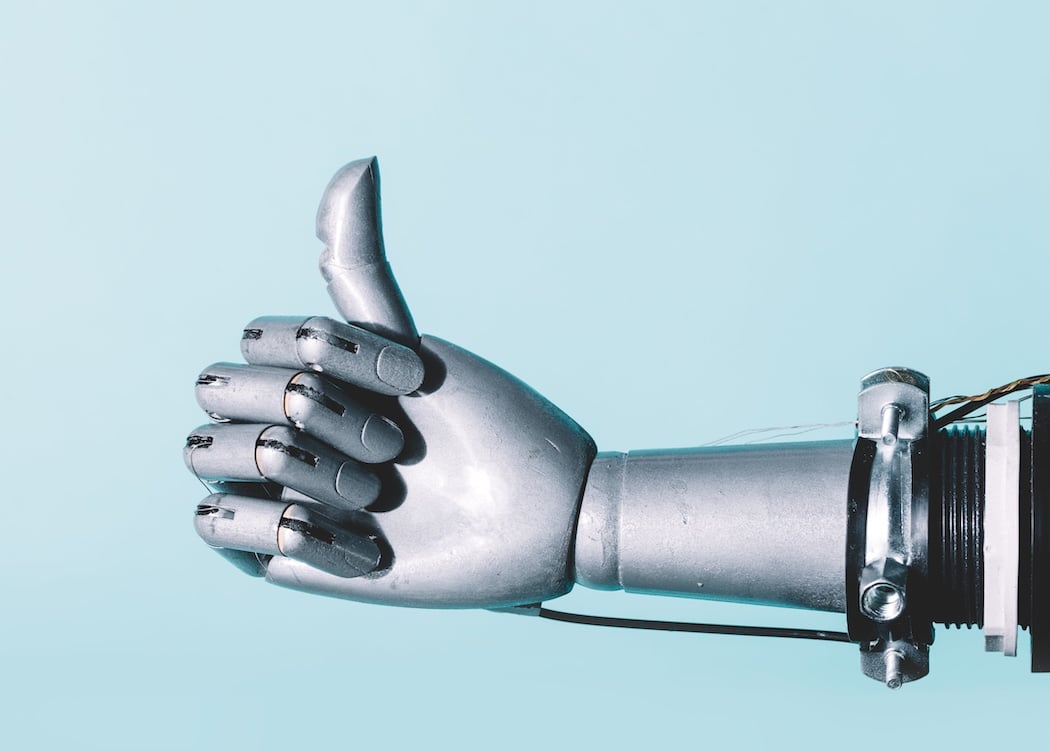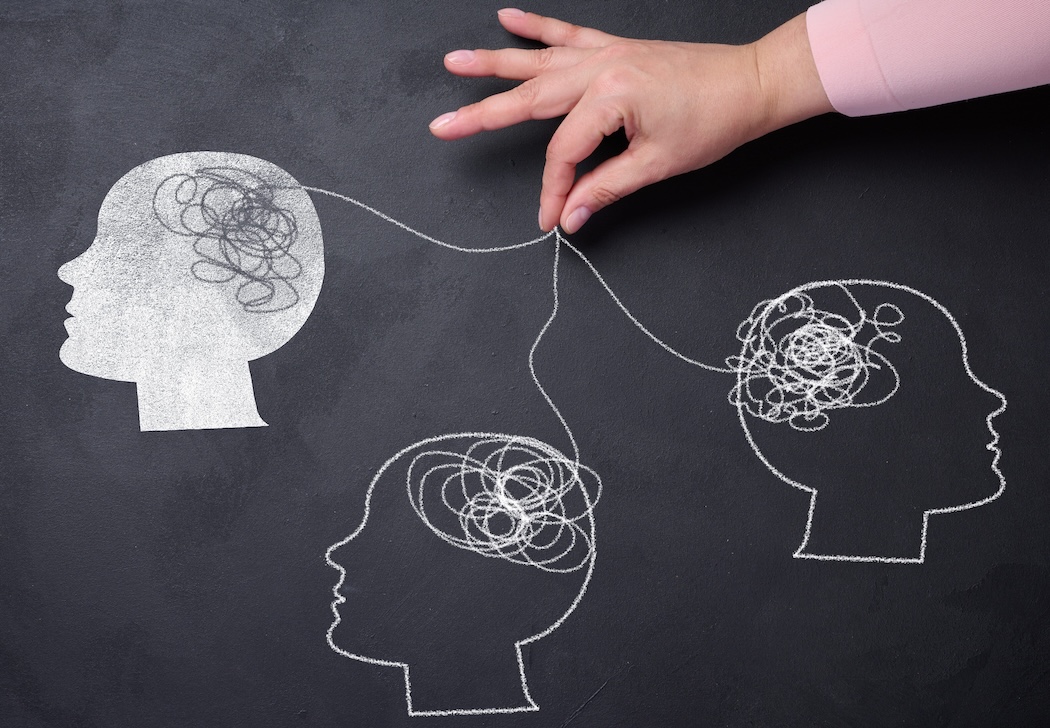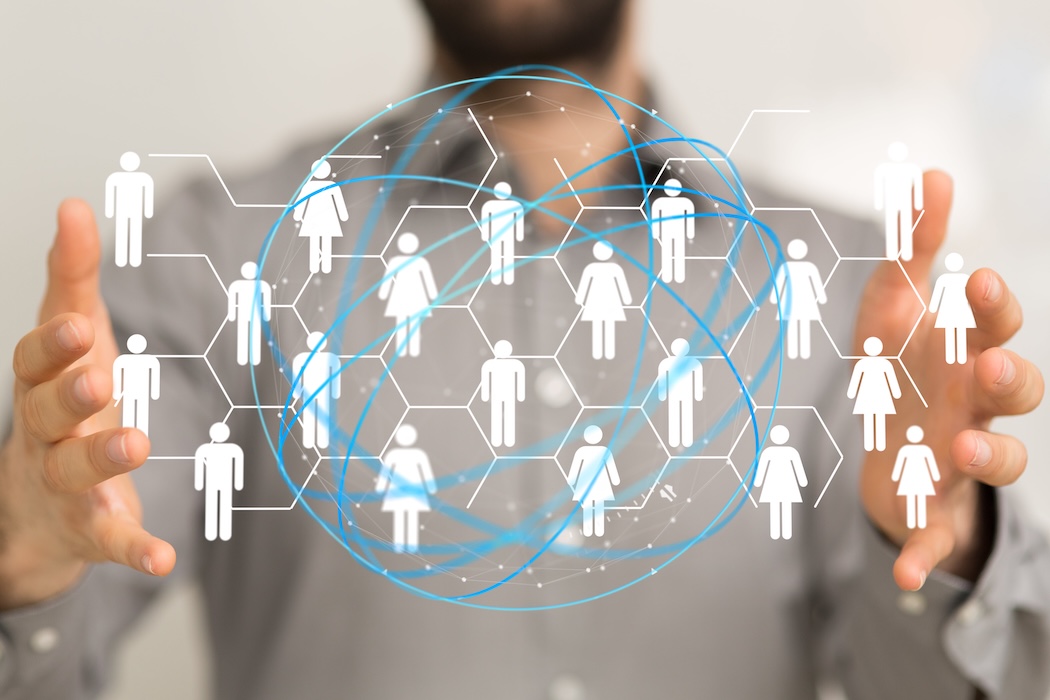In a world where artificial intelligence is revolutionizing nearly every industry, it’s no surprise that it’s also transforming the way we recognize and appreciate employees. From smart bots that surface praise-worthy moments to algorithms that predict when someone might be feeling undervalued, AI is no longer just about automation — it’s about amplifying human connection.
But the question remains: Can a machine really help us appreciate one another more authentically — and more often? The answer lies in how we use it.
📊 The Data Behind the Power of Recognition
Before we dive into AI’s role, it’s essential to understand the value of recognition itself.
According to a 2023 Gallup study, only one in three employees say they received recognition or praise for doing good work in the past seven days. Yet when recognition is delivered consistently:
- Employee engagement increases by 5x
- Productivity rises by 21%
- Turnover rates drop by 31%
Moreover, in companies that make recognition a strategic priority, employees are 4x more likely to be engaged.
Despite this, managers and teammates alike often forget to say “thank you,” not out of malice, but because of oversight, time constraints, or uncertainty about when and how to do it. This is exactly where AI can help.
🤖 How AI is Shaping the Recognition Landscape
AI isn’t here to replace human gratitude — it’s here to remove the friction that prevents it from happening.
Let’s explore the ways AI is already transforming employee recognition and what we can expect in the future:
1. Recognition Bots That Live Where Work Happens
Slack, Microsoft Teams, and other platforms are central to modern workflows. AI-powered bots like Karma are integrated into these environments, nudging teams to recognize peers, surfacing weekly contributions, and making it easy to appreciate without context switching.
By surfacing moments worth celebrating — like hitting a deadline, helping a teammate, or solving a tricky bug — bots can remind us to be more human at work.
2. Personalized Recognition Based on Work Styles
Not all employees want praise in the same way. Some prefer public shout-outs. Others value a quiet “thank you.” AI can analyze communication preferences, previous feedback, and even DISC or MBTI-style personality data to recommend the most meaningful method of appreciation.
Imagine a system that suggests, “Send Alex a private message — they prefer 1:1 feedback,” or “Rachel loves team-wide shoutouts — highlight her on your all-hands call.”
3. Predictive Analytics That Spot Overlooked Contributors
AI can also identify patterns of under-recognition. Perhaps someone is always contributing behind the scenes, but not getting credit. Or maybe a team that performs well consistently gets less appreciation because they’re “just doing their job.”
Advanced analytics can flag these patterns, helping HR and managers take proactive steps to ensure recognition is equitable and frequent.
4. Removing Bias From Recognition Programs
Even well-intentioned recognition can suffer from unconscious bias. Studies show that men receive more praise for leadership, while women are more often thanked for helping others. AI can monitor language and frequency in recognition to help ensure inclusion, fairness, and diversity in how appreciation is expressed.
This kind of oversight leads to a healthier and more equitable culture, where everyone feels seen.
5. Automating the Tedious, Amplifying the Human
No one wants to fill out forms to nominate someone. AI can make the entire process seamless: suggest nominees, auto-generate drafts based on project data, or remind users to praise teammates at regular intervals.
The result? More frequent, spontaneous, and authentic appreciation — without the admin headache.
🌍 What AI-Driven Recognition Means for Remote Teams
Remote work makes organic praise harder — there’s no “nice job!” in the hallway or casual celebration over coffee. But with the help of AI, we can simulate those watercooler moments virtually.
Recognition bots can prompt appreciation after a virtual meeting, summarize team achievements weekly, or even celebrate milestones automatically, like workiversaries or project launches.
In distributed workplaces, AI becomes the thread that weaves emotional connection into daily interactions.
🧠 But Can AI Really Understand Emotion?
Here’s the nuance: AI doesn’t feel, but it can learn how we express feeling. Through natural language processing (NLP) and sentiment analysis, it can interpret tone, enthusiasm, and gratitude levels to help mirror the emotional intelligence of human interaction.
It can suggest more thoughtful wording, highlight moments of low morale, or encourage uplifting messages at the right time.
Still, the heart of recognition will always be human. AI is a bridge — not a replacement.
🔮 The Future: Emotionally Intelligent AI + Human Intuition
Looking ahead, we can expect:
- Real-time recognition suggestions based on project activity or peer feedback
- Emotion-aware AI that nudges when someone might need a morale boost
- Integrated recognition insights within performance reviews or 1:1s
- Cross-platform gratitude tracking across tools like Jira, Notion, and Slack
As companies adopt employee-centric AI tools, the line between tech and empathy will blur — in the best possible way.
✅ Making AI Recognition Work in Your Organization
Here’s how to leverage AI in a way that boosts culture, not kills it:
- Choose a human-first tool like Karma that encourages thoughtful appreciation.
- Set clear cultural norms about recognition frequency and tone.
- Use data to inform, not dictate — don’t let dashboards replace genuine thanks.
- Reward the recognizers, too — gratitude should be a two-way street.
- Continuously refine based on feedback and evolving team dynamics.
❤️ Final Thoughts: Let AI Help You Be More Human
The best recognition doesn’t come from a machine — but machines can help us remember to be kind, thoughtful, and present at work. AI can’t replace a heartfelt thank you, but it can ensure one never goes unsaid.
In the end, recognition powered by AI is still recognition powered by people — it’s just smarter, more inclusive, and always on.


 The Psychology of Recognition: Backed by Data and Research
The Psychology of Recognition: Backed by Data and Research